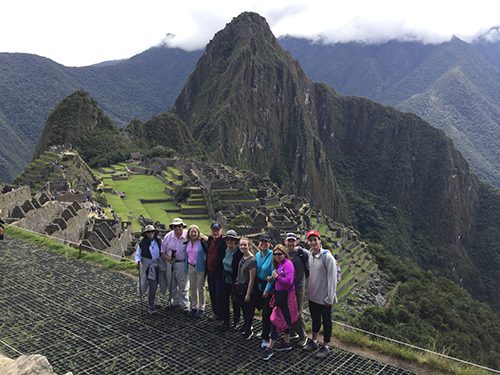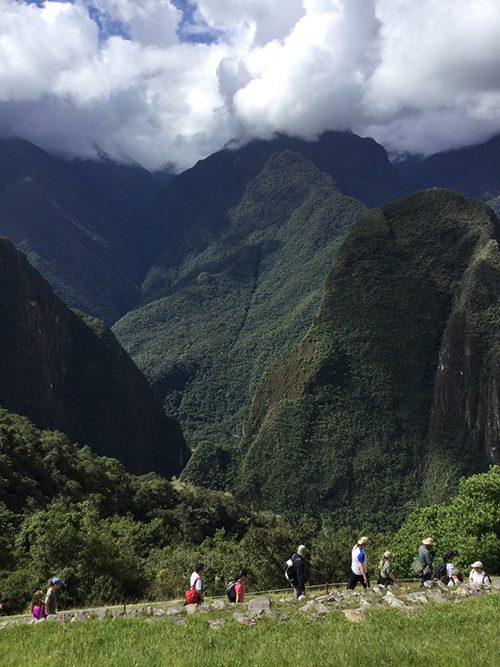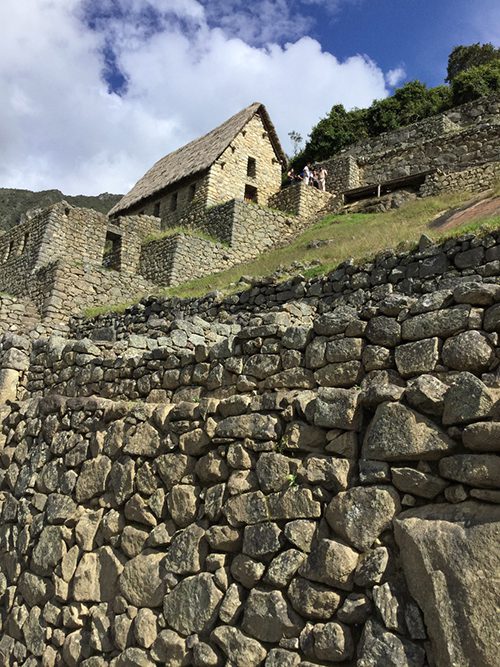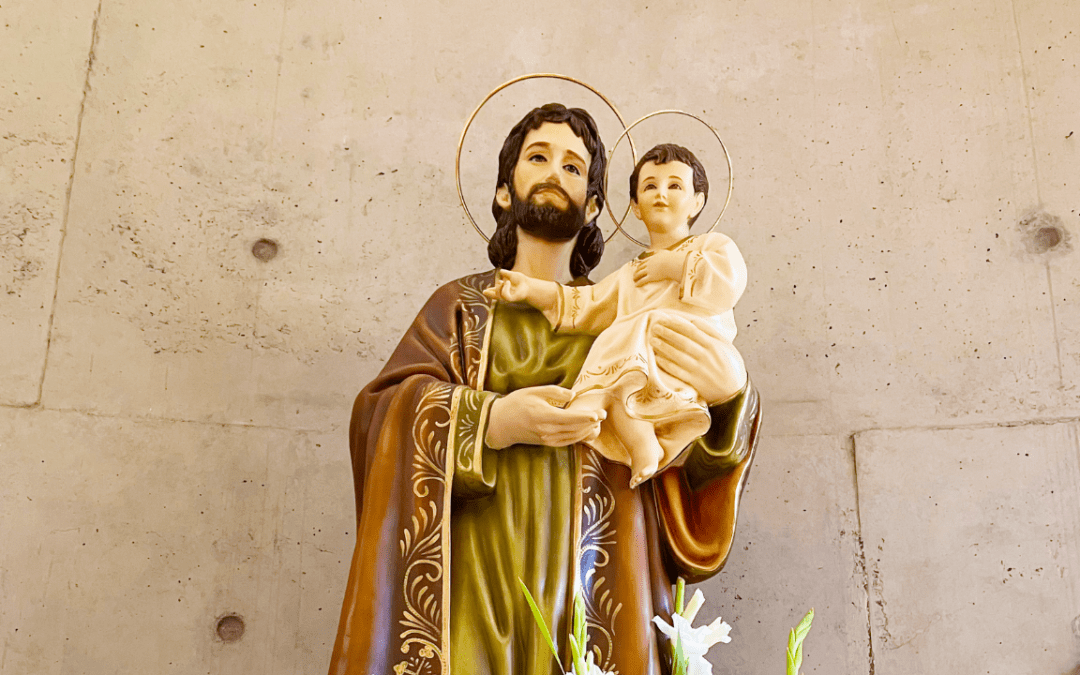Often Machu Picchu is referred to as the “lost capital of the Incas.” In fact, scholars believe that it was not the capital of the Inca empire, but rather a royal estate built for Pachacutec, the victorious ruler who forged the Inca Empire during the his reign from 1438-1471. Machu Picchu, meaning “old peak’ sits at close to 8,000 feet in height, and the sheer cliffs at its base drop approximately 1,500 feet on all sides. The Urubamba River snakes around the base of the mountain on three sides providing a natural fortress for the site.

Pachacutec, the Emperor of the Inca, was considered a descendant of the Inti, the Sun God. Here, in this sacred space, he could commune with the gods of the sun, moon, mountains, wind and rain in a fitting manner. The estate showcases the engineering, celestial knowledge, and agricultural expertise of the Incas, along with their cultural life of the time. Drainage construction controlled flooding rains and irrigation of crops; around 600 terraces supported a variety of crops growing at different altitudes; massive granite stones cut with exacting precision in trapezoidal shapes to be earthquake resistant were used to build temples, homes and store houses; The Temple of the Sun evidences the Incas’ understanding of the solstice, and on June 22nd a trapezoidal window allows the sunlight to cut into the temple onto a large stone believed to be the Inca calendar. This site was built to last.
 While built at the time of arrival of the Spanish conquistadors, Machu Picchu was abandoned before the Spanish were able to learn of its existence. At the end of the Inca rule in 1572, jungle growth covered this remote site high in the eastern side of the Andes keeping it hidden and protected until 1911 when Yale researcher, Hiram Bingham, discovered the ruins.
While built at the time of arrival of the Spanish conquistadors, Machu Picchu was abandoned before the Spanish were able to learn of its existence. At the end of the Inca rule in 1572, jungle growth covered this remote site high in the eastern side of the Andes keeping it hidden and protected until 1911 when Yale researcher, Hiram Bingham, discovered the ruins.
Upon my arrival atop the majestic Machu Picchu, I was filled with complete sense of awe. The natural beauty shrouded in morning midst gave a mystical aura to this a sacred space. Like the Inca emperor and his people, I could see this as a place where heaven touches earth.
 I couldn’t help but to consider how these indigenous people 500,000 years ago could physically construct such a sanctuary. Our tour guide explained that the Inca did not have slaves, and it was the Incas themselves who built this retreat. He proposed that it was a great honor for the workers to use their skills and labor to worship their gods.
I couldn’t help but to consider how these indigenous people 500,000 years ago could physically construct such a sanctuary. Our tour guide explained that the Inca did not have slaves, and it was the Incas themselves who built this retreat. He proposed that it was a great honor for the workers to use their skills and labor to worship their gods.
I found this hard to imagine. Yet, at the same time, I had to consider how we revere God today in our society. I felt a tinge of shame. How much time during my daily life do I work in the service of God? To what degree do I put God at the center of my life? Do I make time to build a trusting relationship with him? Do I fail to appreciate how much he has given me out of a spirit of everlasting love? It gave me a lot to think about.
May God help us.
May we see him more clearly in the faces of those around us.
May we reach out to those in need.
May we allow others to accompany us in our time of need.
May our work reflect the presence of God in our lives.
May we joyously celebrate the love and gifts we have been given as we honor our God in heaven and here on Earth.
 Liz, her husband, and her daughter are all Stonehill graduates. Liz’s ties to the Congregation deepened after tragedy struck on 9/11, with the loss of her husband. Her mission to transcend evil through offering light and hope to those in dire need found a home through the Congregation’s work in Peru.Check out this article to learn more about Liz.
Liz, her husband, and her daughter are all Stonehill graduates. Liz’s ties to the Congregation deepened after tragedy struck on 9/11, with the loss of her husband. Her mission to transcend evil through offering light and hope to those in dire need found a home through the Congregation’s work in Peru.Check out this article to learn more about Liz.



